The earth's orbit is the path Earth takes as it does this around the sun.
La órbita de la tierra es el camino que toma la Tierra mientras lo hace alrededor del sol.
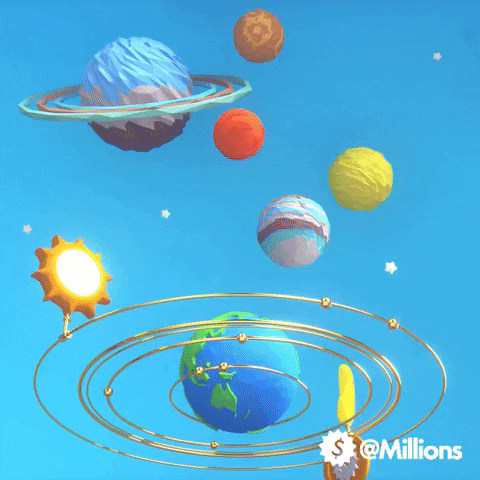
What is revolve?
¿Qué es revolver?
A large system of gases, dust, and stars.
Un gran sistema de gases, polvo y estrellas.

What is a galaxy?
¿Qué es una galaxia?
The galaxy that the Earth is located in.
La galaxia en la que se encuentra la Tierra.
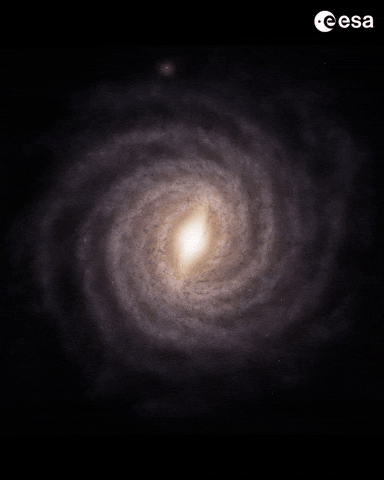
What is the Milky Way?
¿Qué es la Vía Láctea?
This causes celestial objects to/ Esto hace que los objetos celestes::
Attract/ Atraer
Form circular shapes/ Forma formas circulares
Go in orbits and/or spin/ Ir en órbitas y/o girar
Form galaxies/ Formar galaxias.
What is how gravity affects galaxies?
¿Cómo afecta la gravedad a las galaxias?
The force that holds together the solar system.
La fuerza que mantiene unido el sistema solar.
What is gravity?
¿Qué es la gravedad?
The earth is said to do this as it turns or spins on its axis.
Se dice que la tierra hace esto cuando gira o gira sobre su eje.

What is rotate?
¿Qué es rotar?
The Sun and the group of planets and other celestial bodies that are held by their gravitational attraction and revolve around the Sun.
El Sol y el grupo de planetas y otros cuerpos celestes que son sostenidos por su atracción gravitacional y giran alrededor del Sol.
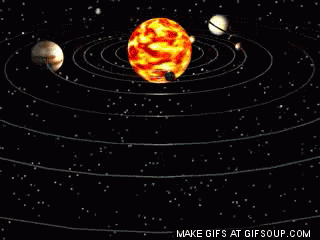
What is a solar system?
¿Qué es un sistema solar?
The first timeline event of how the Solar System was created.
El primer evento de la línea de tiempo de cómo se creó el Sistema Solar.
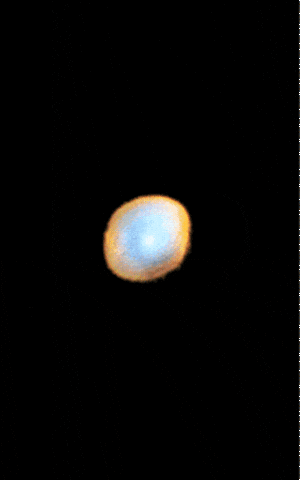
What is...
Somewhere in the Milky Way galaxy, a star went supernova. The explosion transfered energy to a cloud of gas and dust that was nearby.
En algún lugar de la Vía Láctea, una estrella se convirtió en supernova. La explosión transfirió energía a una nube de gas y polvo que se encontraba cerca.
Egg shaped en forma de huevo
Reddish to yellowish in color De color rojizo a amarillento
Contain mostly old stars Contienen en su mayoría estrellas viejas
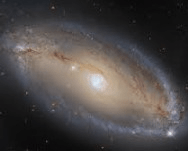
What are Elliptical Galaxies?
¿Qué son las galaxias elípticas?
Tiny particles of matter that condense under gravity to form stars and planets.
Diminutas partículas de materia que se condensan bajo la gravedad para formar estrellas y planetas.
What is dust?
¿Qué es el polvo?
The force responsible for the motion of the objects within a galaxy.
La fuerza responsable del movimiento de los objetos dentro de una galaxia.
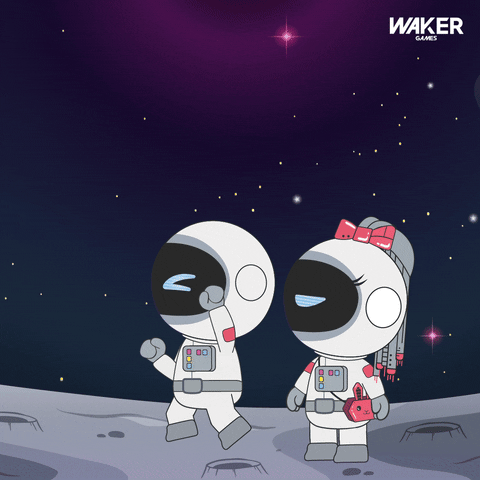
What is gravity?
¿Qué es la gravedad?
Everything in space
todo en el espacio
What is the universe or celestial?
¿Qué es el universo o celestial?
The third timeline event of how the Solar System was created.
El tercer evento de la línea de tiempo de cómo se creó el Sistema Solar.

What is...
The center of the disc became hot enough and under enough pressure to form a star: The Sun?
El centro del disco se calentó lo suficiente y estuvo bajo suficiente presión como para formar una estrella: ¿El Sol?
Were once elliptical or spiral galaxies. Alguna vez fueron galaxias elípticas o espirales.
Deformed by gravity or by a collision with another galaxy.
Deformado por la gravedad o por una colisión con otra galaxia.
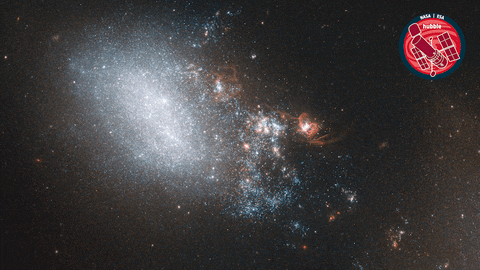
What are Irregular Galaxies?
¿Qué son las galaxias irregulares?
This was contained in the tiny spot before the Big Bang (theory).
Esto estaba contenido en el pequeño lugar antes del Big Bang (teoría).
What is energy?
¿Qué es energía?
Two factors that affect gravitational pull.
Dos factores que afectan la atracción gravitacional.
What are mass and distance?
¿Qué son la masa y la distancia?
The type of galaxy the Andromeda Galaxy is.
El tipo de galaxia que es la galaxia de Andrómeda.
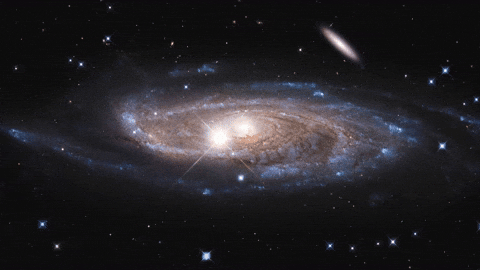
What is a spiral galaxy.
Que es una galaxia espiral.
The fifth timeline event of how the Solar System was created.
El quinto evento de la línea de tiempo de cómo se creó el Sistema Solar.
What is...
Near the Sun, the rocky planets of Mercury, Venus, Earth, and Mars formed?
¿Cerca del Sol se formaron los planetas rocosos Mercurio, Venus, la Tierra y Marte?
Small galaxies Pequeñas galaxias
Contains “only” a few million to a few billion stars Contiene "solo" de unos pocos millones a unos pocos miles de millones de estrellas
Shapes can be irregular, elliptical, or spiral Las formas pueden ser irregulares, elípticas o espirales.
Dim lighting Tenue iluminación
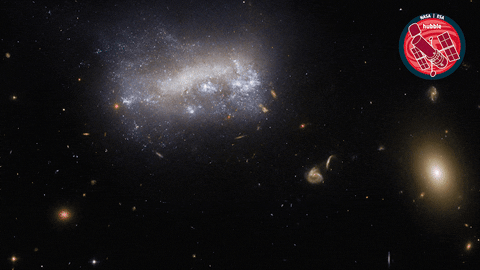
What are Dwarf Galaxies?
¿Qué son las galaxias enanas?
The Big Bang (Theory) took place how long ago?
El Big Bang (Teoría) tuvo lugar hace cuánto tiempo?
What is 13.7 billion years?
¿Qué son 13.700 millones de años?
Measurement of distance in space.
Medida de distancia en el espacio.

What is a lightyear?
¿Qué es un año luz?
A nucleus of bright stars and two or more spiral arms.
Un núcleo de estrellas brillantes y dos o más brazos espirales.
What is evidence to prove Andromeda is a spiral galaxy?
¿Cuál es la evidencia para demostrar que Andrómeda es una galaxia espiral?
The second timeline event of how the Solar System was created.
El segundo evento de la línea de tiempo de cómo se creó el Sistema Solar.
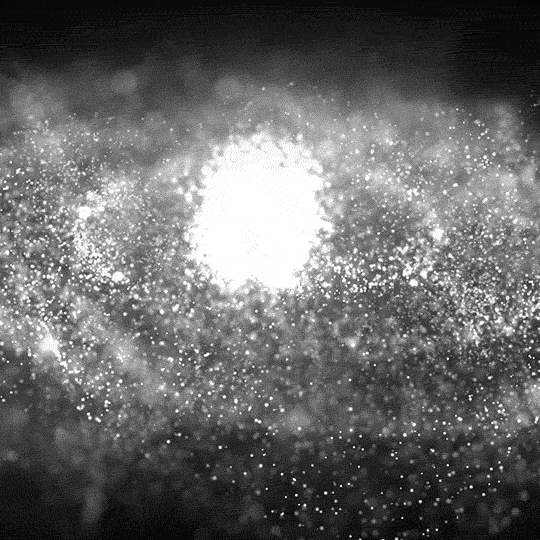
What is...
As the energy began to disturb the cloud of gas and dust, gravity caused the cloud to collapse in on itself and form a disc?
Cuando la energía comenzó a perturbar la nube de gas y polvo, ¿la gravedad hizo que la nube colapsara sobre sí misma y formara un disco?
A large grouping of stars in space.
Conjunto enorme de estrellas en el espacio.
What is a galaxy?
¿Qué es una galaxia?
This piece of technology is valuable for studying objects in space because it takes clearer pictures than telescopes on Earth.
Esta pieza de tecnología es valiosa para estudiar objetos en el espacio porque toma imágenes más claras que los telescopios en la Tierra.
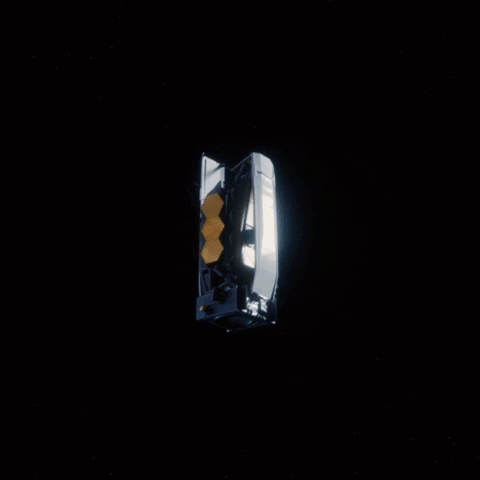

What is the Hubble Space Telescope or the James Webb Telescope?
¿Qué es el Telescopio Espacial Hubble o el Telescopio James Webb?